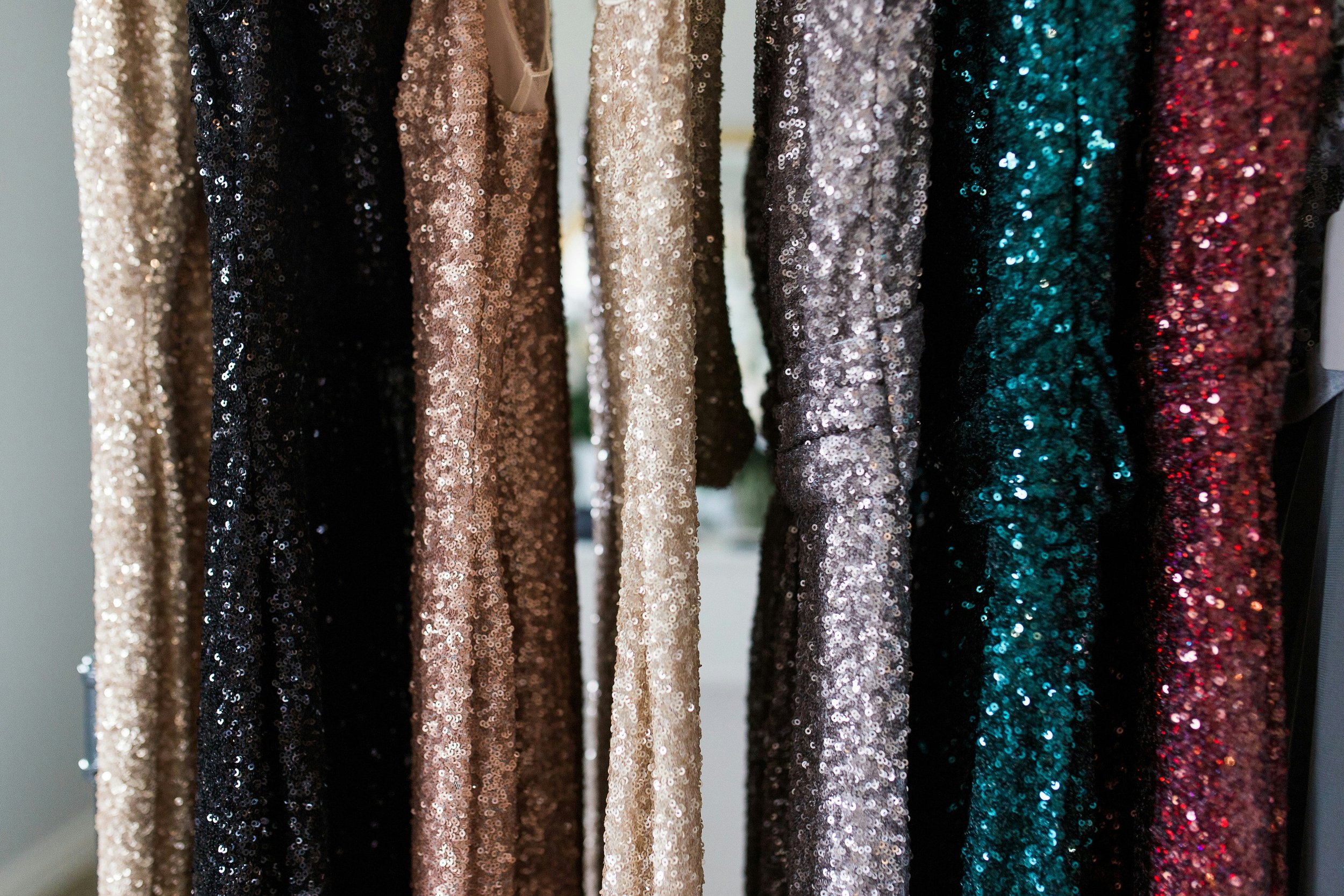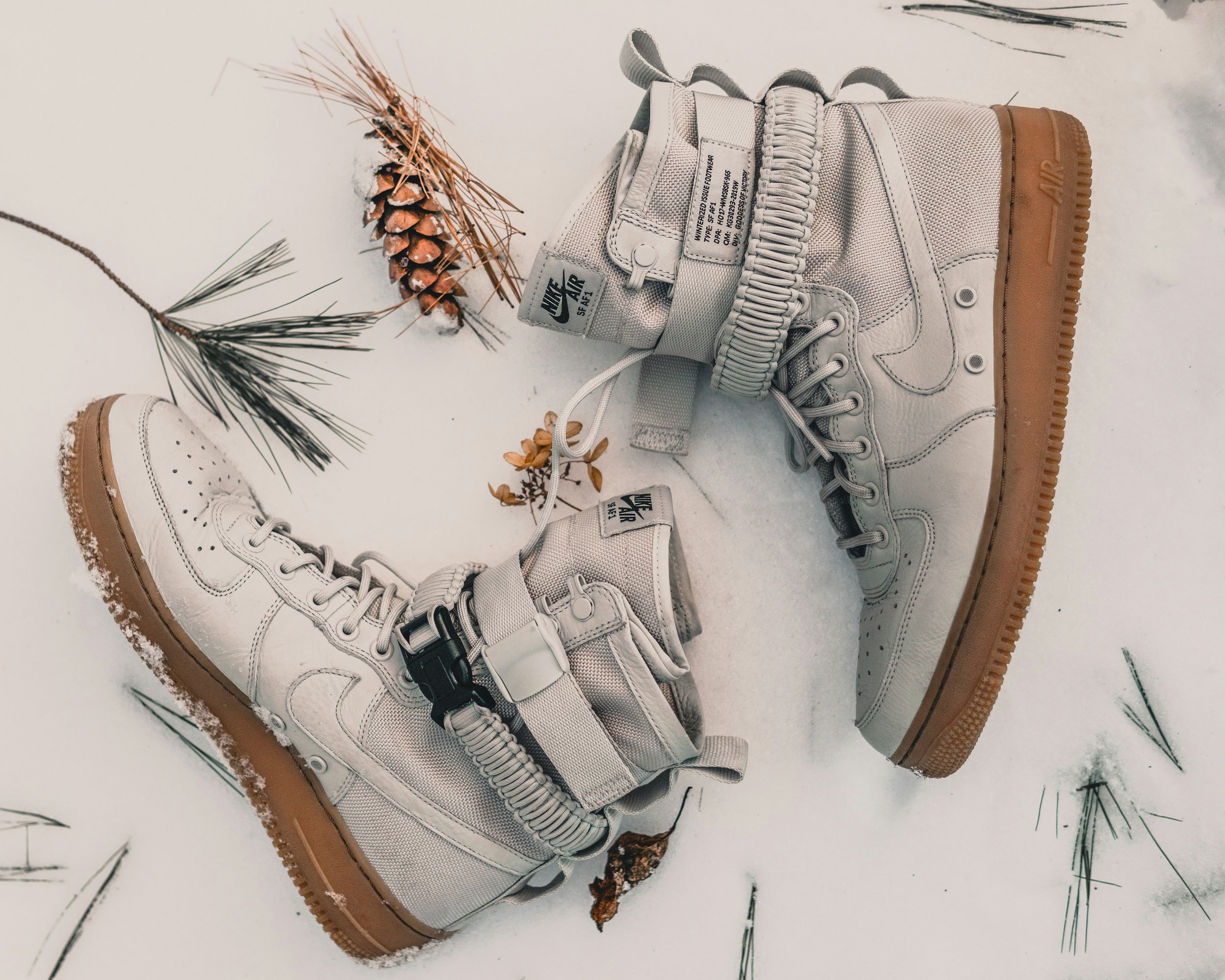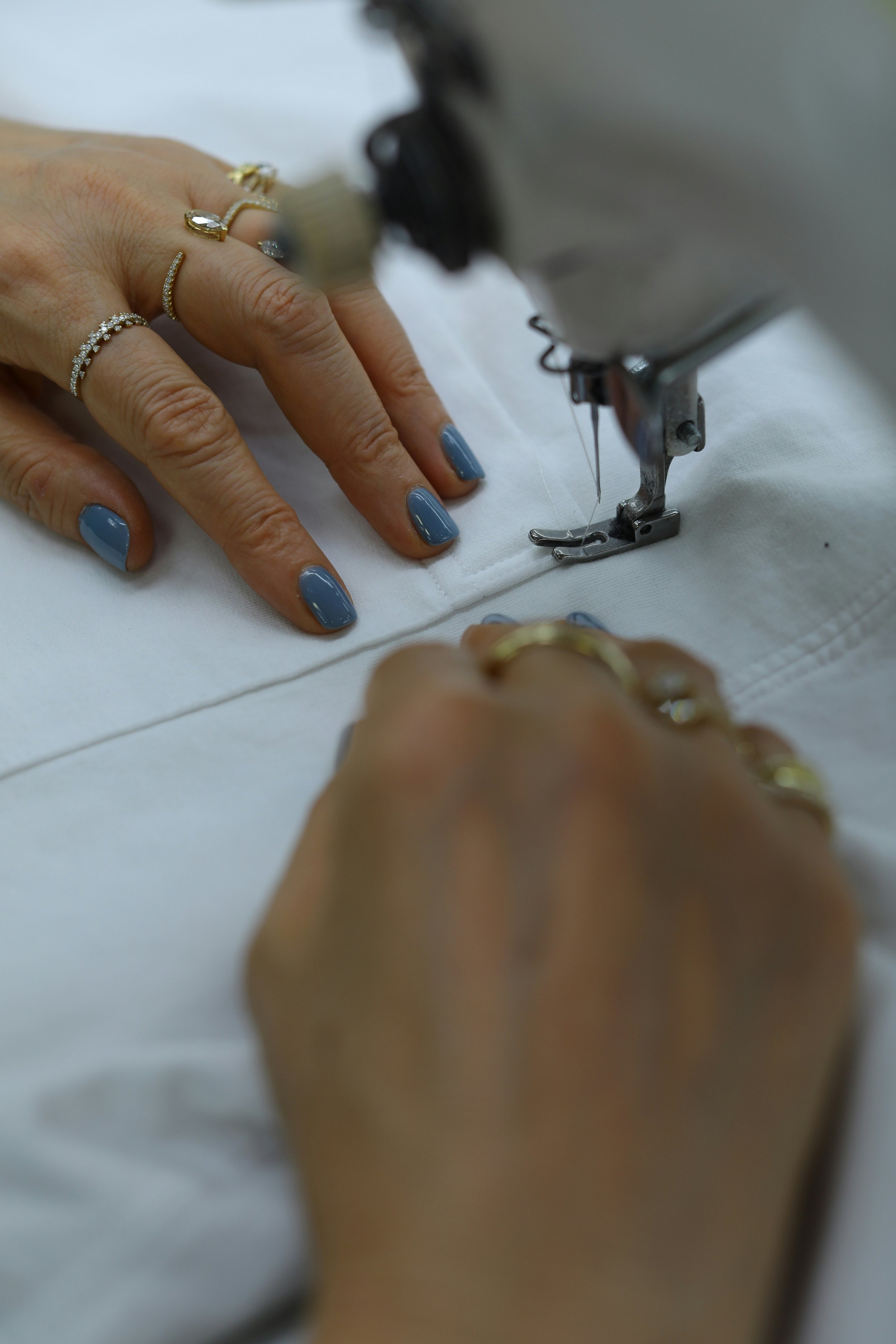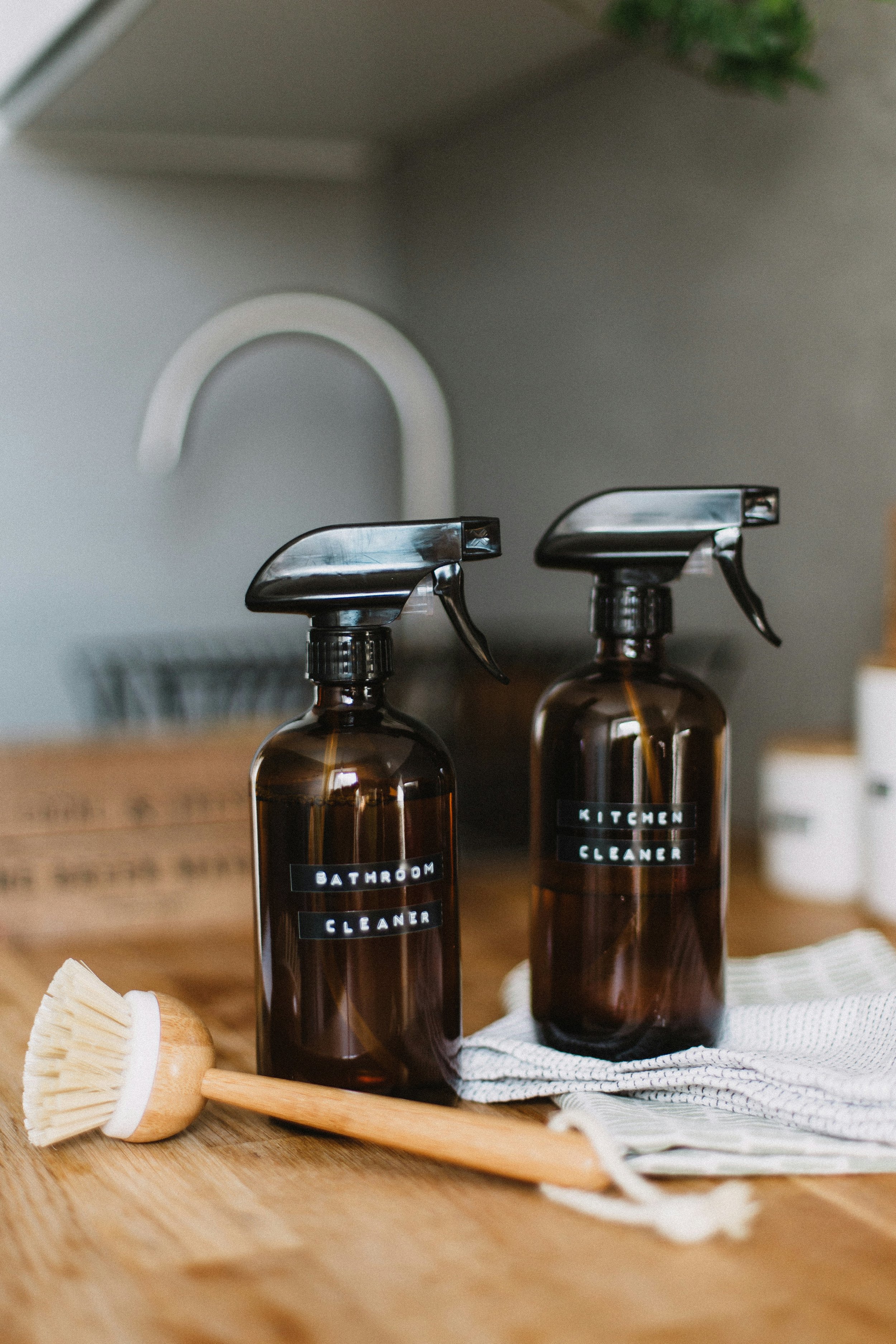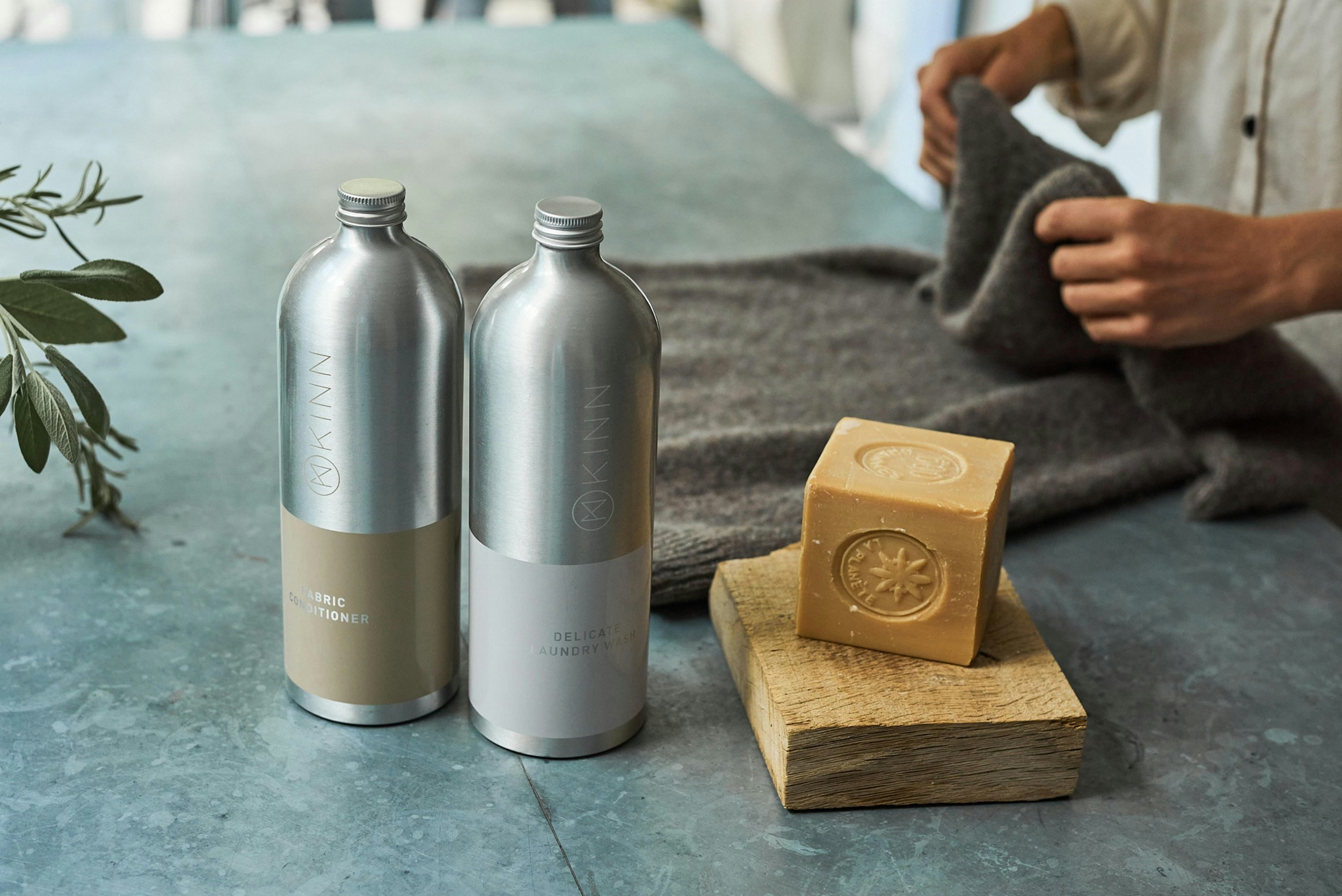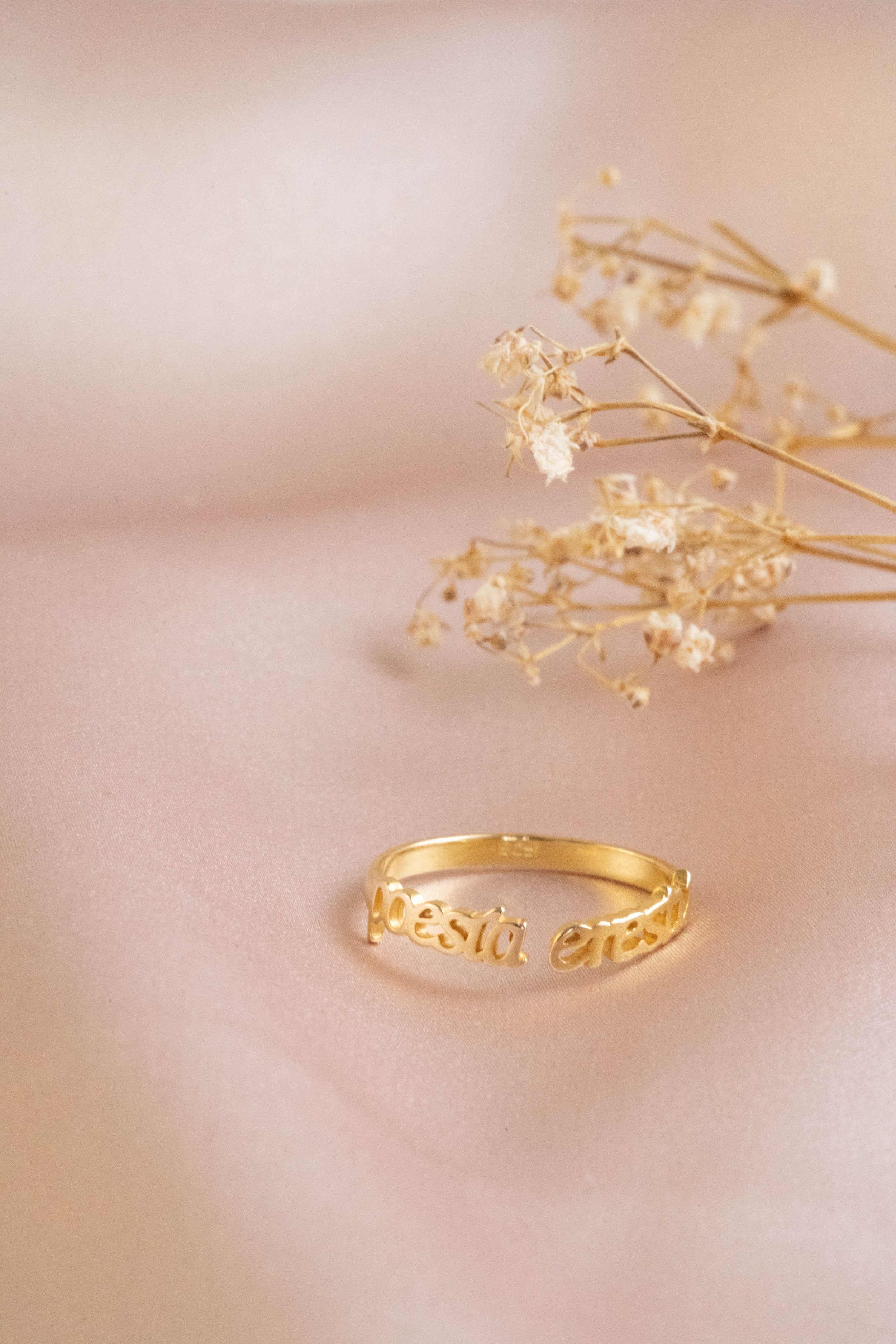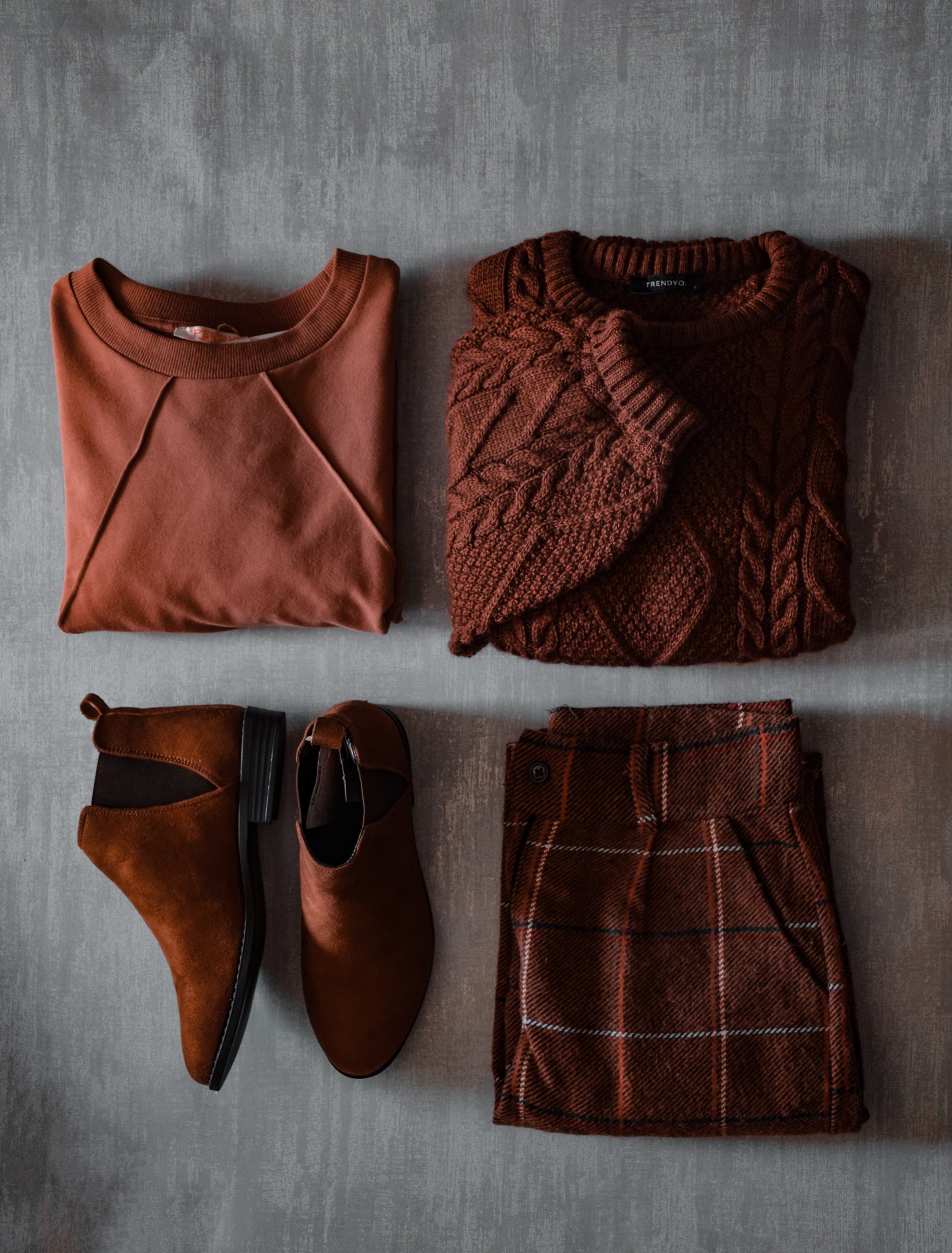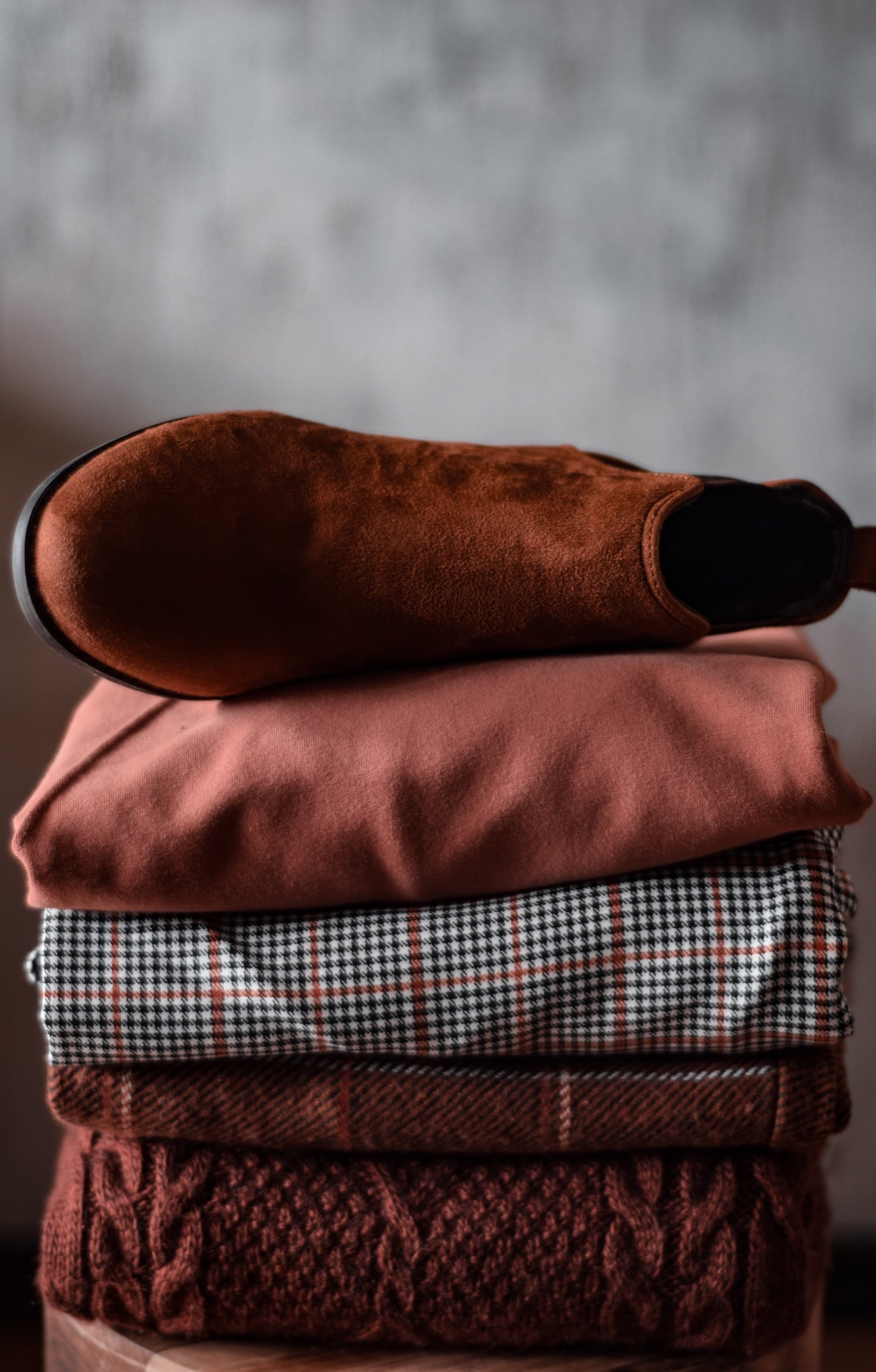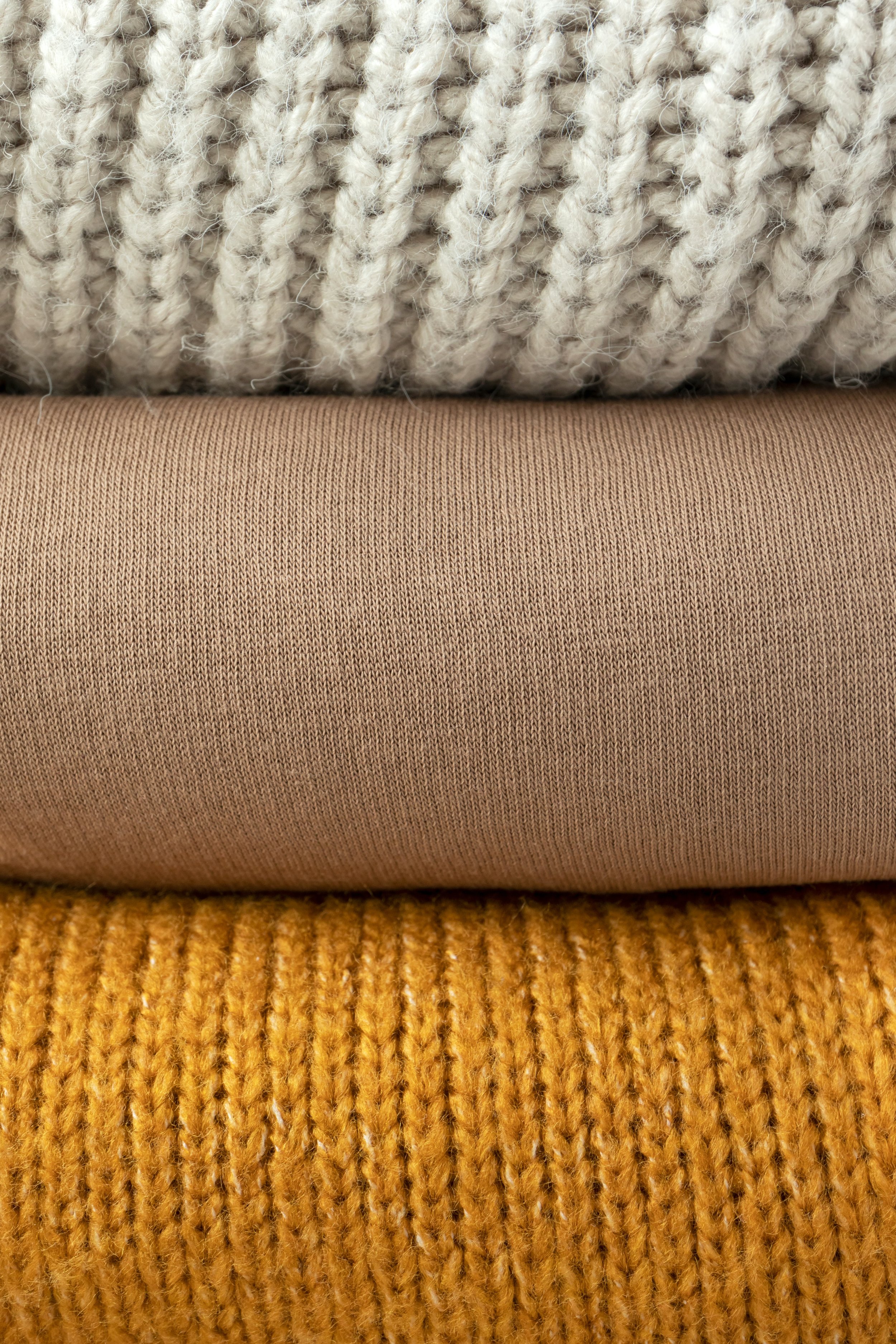A clothes swap is a great way to promote sustainability, have fun and refresh your wardrobe on a budget. Whether you're looking to raise money for charity, shake up your style or just declutter, it’s an event that is easy to organise and fun to do.
Here’s how to host a successful clothes swap:
Step 1: Plan Your Event
1. Choose the Date and Location:
◦ Pick a day and time that works for most people. Weekend afternoons are usually good for a relaxed vibe.
◦ Consider a public space like a community hall or a friend's home. Ensure there’s enough room for people to sort through the clothes comfortably.
◦ Set a maximum number of attendees. Think about the space you have available and how many people you can comfortably accommodate.
3. Set the Guidelines:
◦ Decide on the swap format: will it be one-to-one, where you exchange one item for one item (you can use tickets to help with this), or will you create a “free-for-all” system?
◦ Create a list of acceptable items and set a maximum number of items to avoid overwhelming the swap with too many clothes
Photo by Alejo Reinoso on Unsplash
◦ It's really important to let people know that only clean, gently used items are welcome, to keep the event enjoyable for all.
4. Unless your event is very small, rope in a few volunteers to help you set up and organise clothing/ give out tickets.
Photo by Zaven Baghdasaryan on Unsplash
Step 2: Promote Your Swap
1. Reach out to friends, family, co-workers, or neighbours via social media or group chats. Include all the important event details and info about the types of items that are suitable.
2. If your space limits you to a small number, try to ensure that there are at least a couple of people around the same size so that everyone has swapping options
Photo by Toshi Kuji on Unsplash
Step 3: Set Up the Event
1. Create a sorting station where you can sort things into categories like dresses, tops, shoes, and then put them in designated areas, arranged by size if possible. Size labels can make it a lot easier for people to find what they’re looking for.
2. Prepare display areas where you can lay out the clothes neatly on tables, drying racks, step ladders or even blankets on the floor.
Photo by Abram Jacob on Unsplash
3. Organise the clothing by item category and size for ease of browsing.
4. If space allows, set up a changing room or private corner for people to try things on. This helps people decide if an item is a good fit before they take it home.
5. Ensure you have a couple of mirrors available including at least one full-length.
Photo by ANHELINA OSAULENKO on Unsplash
6. Set up a box for charity donations. if you're raising money through your Swap, make sure people know where to donate. If you don't know all the attendees, allocate a volunteer to look after the box.
Photo by Jamaal Cooks on Unsplash
Step 4: Let the Swapping Begin!
1. Start with a casual introduction. Once everyone has arrived, briefly explain how the swap works and any rules you’ve set. For example, everyone should only take as many items as they’ve brought.
2. Once the swap officially begins, everyone can start looking through the items, try them on, and take what they like.
3. After the swap, you can donate leftover clothes to local charities or thrift stores to ensure the items go to a good home.
Step 5: Wrap It Up
1. Make sure to thank everyone for participating. If people had fun and enjoyed the experience, they’re more likely to come back for future swaps.
2. If the event goes well, you could make it a regular thing! Consider hosting seasonal swaps, themed events, or even virtual swaps.
Photo by Andrej Lišakov on Unsplash
Extra Tips for Success
• Providing snacks and drinks can make the event feel more like a social gathering and add to the enjoyment
• Create a fun playlist to keep the energy up during the swap. You can even add activities like a “fashion show” where everyone showcases their finds.
• Set a time limit. People tend to stay longer than expected, so setting an end time ensures the event doesn’t drag on too long.
Photo by Kelsey Chance on Unsplash
A clothes swap is a simple yet impactful way to be more sustainable, save money, and have a good time while refreshing your wardrobe. By hosting one, you’ll not only reduce the environmental footprint of your fashion choices, but you'll also foster a sense of community and creativity. Plus, it's a wonderful way to breathe new life into items that no longer fit your style or needs!
Happy swapping!
Photo by Artificial Photography on Unsplash






















































